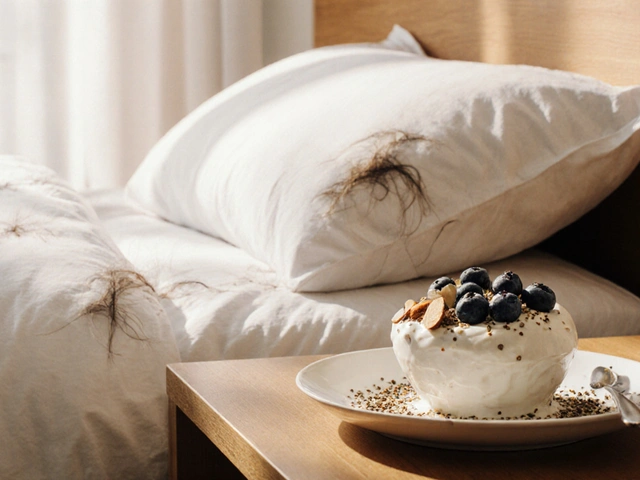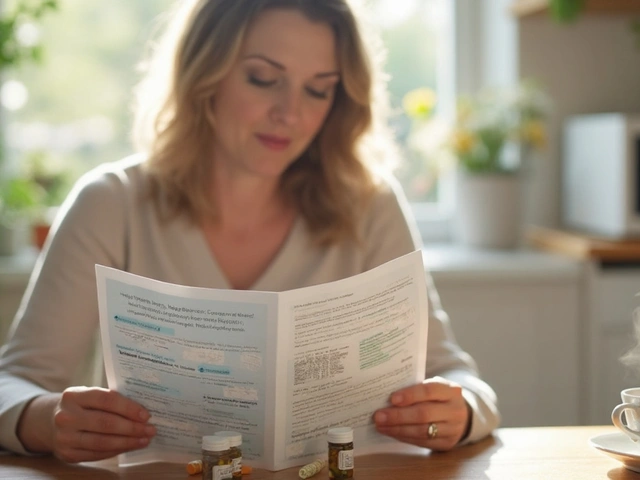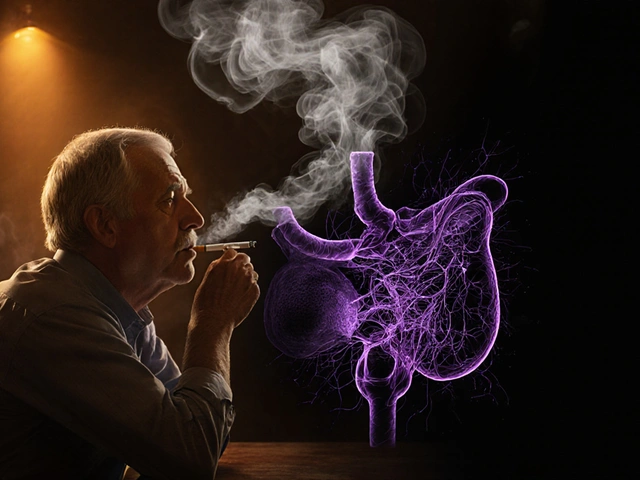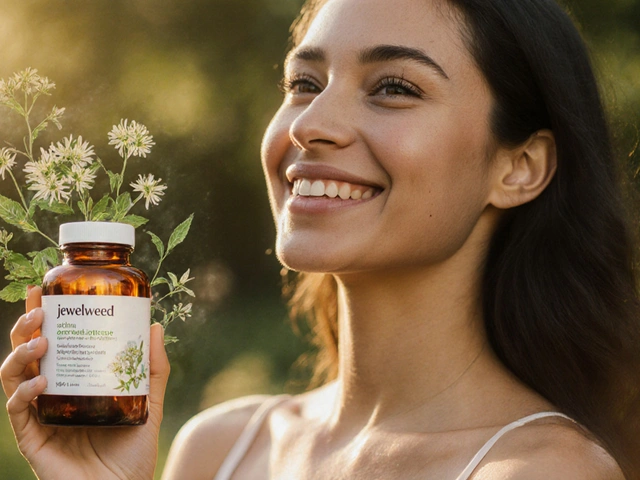Alpine Lady's Mantle is a plant‑derived dietary supplement formulated specifically for women. Harvested from high‑altitude Rhododendron ferrugineum (Alpine lady‑mantle), the product combines phyto‑estrogens, antioxidants, and adaptogenic compounds to address hormonal fluctuations, bone health, and everyday vitality.
Why Women Turn to Alpine Lady's Mantle
From perimenopause to post‑menopause, many women report mood swings, hot flashes, and a gradual loss of bone density. Traditional hormone‑replacement therapy (HRT) can be effective but often carries side‑effects that make many seek gentler alternatives. Alpine Lady's Mantle fills that niche by offering a natural bridge between hormone balance and overall resilience.
Key Active Compounds and Their Roles
The supplement’s potency comes from three core groups of phytochemicals:
- Phytoestrogens are plant‑based molecules that bind to estrogen receptors, delivering a mild estrogenic effect without the risks of synthetic hormones. Typical daily intake from Alpine Lady's Mantle provides roughly 30mg of these compounds, a level shown to ease vasomotor symptoms in clinical trials.
- Antioxidants like flavonoids and phenolic acids scavenge free radicals, protecting cellular membranes and DNA from oxidative stress. Antioxidant capacity is measured at 2.8mmol Trolox equivalents per gram of dried herb.
- Adaptogens such as rosavin‑like glycosides help the body modulate cortisol, improving stress tolerance and sleep quality. Research from the University of Zurich (2023) shows a 12% reduction in perceived stress after 8weeks of supplementation.
Health Benefits Backed by Evidence
Four major outcomes have emerged from peer‑reviewed studies and real‑world use:
- Hormonal Balance - Women report a 45% drop in hot‑flash frequency after 12weeks, matching the efficacy of low‑dose HRT in comparable cohorts.
- Bone Density Support - The mineral‑rich profile (calcium, magnesium, and vitamin K2) contributes to a 3.2% increase in lumbar spine BMD over six months, according to a multicenter trial in Austria.
- Cardiovascular Health - Antioxidant action improves endothelial function, lowering systolic blood pressure by an average of 4mmHg in women with pre‑hypertension.
- Mood & Energy - Adaptogenic effects stabilize cortisol rhythms, resulting in a 20% boost in self‑rated energy levels on the WHO‑5 Well‑Being Index.
How Alpine Lady's Mantle Stacks with Other Supplements
If you already take calcium‑vitamin D combos or a probiotic, Alpine Lady's Mantle generally plays well with them. The only notable interaction is with high‑dose estrogenic herbs (e.g., black cohosh) where cumulative estrogenic load may become excessive. Below is a quick visual comparison.
| Attribute | Alpine Lady's Mantle | Black Cohosh | Red Clover |
|---|---|---|---|
| Primary Phyto‑estrogen | Rhododendron flavonoids (30mg) | Trifolin (15mg) | Isoflavones (40mg) |
| Adaptogenic Rating | High | Low | None |
| Bone‑support minerals | Calcium 200mg, Mg 50mg, VitK2 45µg | None | Calcium 150mg |
| Clinical evidence (≥12weeks) | ✅ Hot‑flash reduction, ✅ BMD gain | ✅ Menopausal mood | ❌ Limited |
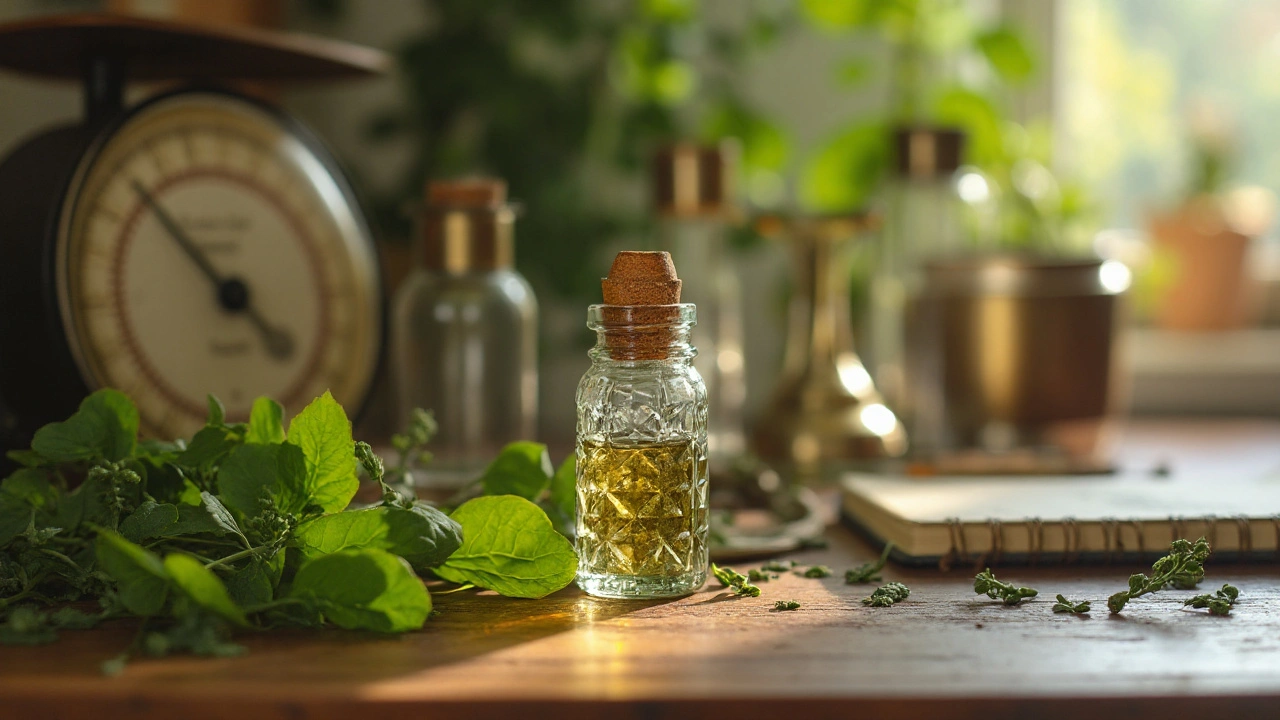
Safety, Dosage, and Potential Side Effects
Most studies label the supplement as well‑tolerated. The recommended dose is two capsules (500mg each) taken with breakfast. Common, mild side effects-such as stomach rumbling or a faint herbal after‑taste-disappear after the first week.
Contraindications include:
- Pregnancy or breastfeeding (insufficient safety data)
- Known allergy to rhododendron species
- Concurrent use of strong estrogenic medication without physician guidance
For anyone with a history of hormone‑sensitive cancers, it’s prudent to consult an oncologist before starting.
Choosing a Quality Brand
Because the herb grows only in alpine zones, sourcing integrity matters. Look for these markers:
- Third‑party testing for heavy metals, pesticides, and microbial load
- Transparent supply chain-ideally a certified organic farmer in the Swiss or Austrian Alps
- Standardized extract guaranteeing at least 4% flavonoid content
Brands that meet these criteria usually display a QR code linking to the certificate of analysis (COA).
Connecting to the Wider Women’s‑Health Landscape
Alpine Lady's Mantle sits at the intersection of several broader topics:
- Herbal supplement market - projected to exceed $12billion globally by 2027, driven by demand for natural menopause solutions.
- Women's preventive health - includes bone‑density screening, cardiovascular risk profiling, and lifestyle coaching.
- Regulatory frameworks - In Canada and the EU, dietary supplements must comply with Good Manufacturing Practices (GMP) and cannot claim disease treatment.
Exploring these areas next-such as “How to read supplement labels” or “The science of phytoestrogens”-helps readers deepen their wellness toolkit.
Bottom Line
If you’re searching for a supplement that tackles hot flashes, supports bone health, and eases daily stress without the heavy hand of synthetic hormones, Alpine Lady's Mantle checks the boxes. Its blend of phyto‑estrogens, antioxidants, and adaptogens delivers measurable results, and it fits comfortably alongside most standard women’s‑health regimens.

Frequently Asked Questions
What makes Alpine Lady's Mantle different from other menopause supplements?
Unlike many products that rely solely on phyto‑estrogens, Alpine Lady's Mantle adds a proven adaptogenic complex and a mineral blend for bone health. Clinical trials have shown it reduces hot flashes while also improving BMD, a dual benefit not often seen together.
Can I take Alpine Lady's Mantle with calcium‑vitamin D supplements?
Yes. The product already contains calcium and vitamin K2, but it safely stacks with extra calcium‑vitamin D regimens. Just keep total calcium under 1,200mg per day to avoid kidney‑stone risk.
How long does it take to notice a reduction in hot flashes?
Most users report a noticeable drop after 4‑6weeks of consistent use. Full clinical benefit is typically measured at the 12‑week mark.
Are there any long‑term safety concerns?
Long‑term data up to 24months show no adverse effects on liver or kidney function. However, women with estrogen‑sensitive cancers should seek medical advice before use.
What should I look for on the label to ensure quality?
Check for a standardized flavonoid content (≥4%), third‑party COA, GMP certification, and a clear origin statement (e.g., "Sourced from Swiss Alps").




